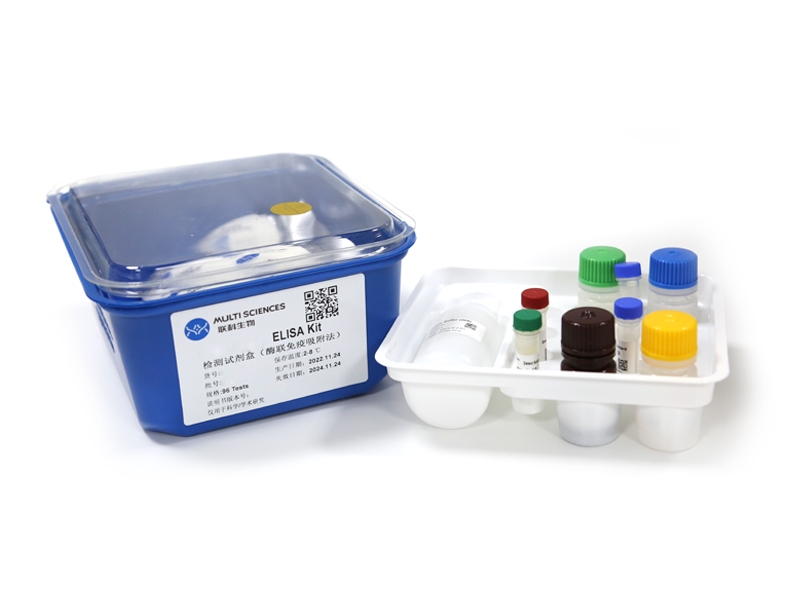Poly(lactide-co-glycolide) (PLGA) is one of the most attractive biodegradable polymers for loading and delivering payloads, especially in the form of nanoparticles (NPs). In this work, NPs of PLGA with 3 different molecular weights were fabricated using bovine serum albumin (BSA) and polyethyleneimine (PEI) as dispersing agents. Elemental analysis revealed that the loading amounts of BSA and PEI were 40-60 μg mg(-1) and 12-15 μg mg(-1) in the BSA/PLGA NPs and PEI/PLGA NPs, respectively. About 13-18 μg mg(-1) BSA was exposed onto the surface of the BSA/PLGA NPs. No degradation of the PLGA NPs was detected after being incubated in artificial lysosomal fluid or with macrophages in a culture medium for 7 days. The innate immune activation behavior of the BSA/PLGA and PEI/PLGA NPs was evaluated by co-incubation with RAW264.7 cells in vitro. PLGA NPs fabricated with different molecular weights of PLGA showed no difference in stimulating RAW264.7 cells. The PEI/PLGA NPs did not show significant immune activation in terms of secretion of inflammatory cytokines such as tumor necrosis factor-α (TNF-α), interleukin-6 (IL-6), and interleukin-1β (IL-1β) too. By contrast, the BSA/PLGA NPs induced a significantly higher expression of TNF-α, likely due to the heterogeneous albumin and existence of endotoxin, and the synergistic role of larger uptake of the BSA/PLGA NPs by macrophages.
文章引用产品
-
-
- EK182
- ELISA试剂盒
Human TNF-a ELISA Kit检测试剂盒(酶联免疫吸附法)
-
¥1,600.00 – ¥10,800.00
-
- EK182
- ELISA试剂盒
Human TNF-a ELISA Kit检测试剂盒(酶联免疫吸附法)
- ¥1,600.00 – ¥10,800.00



